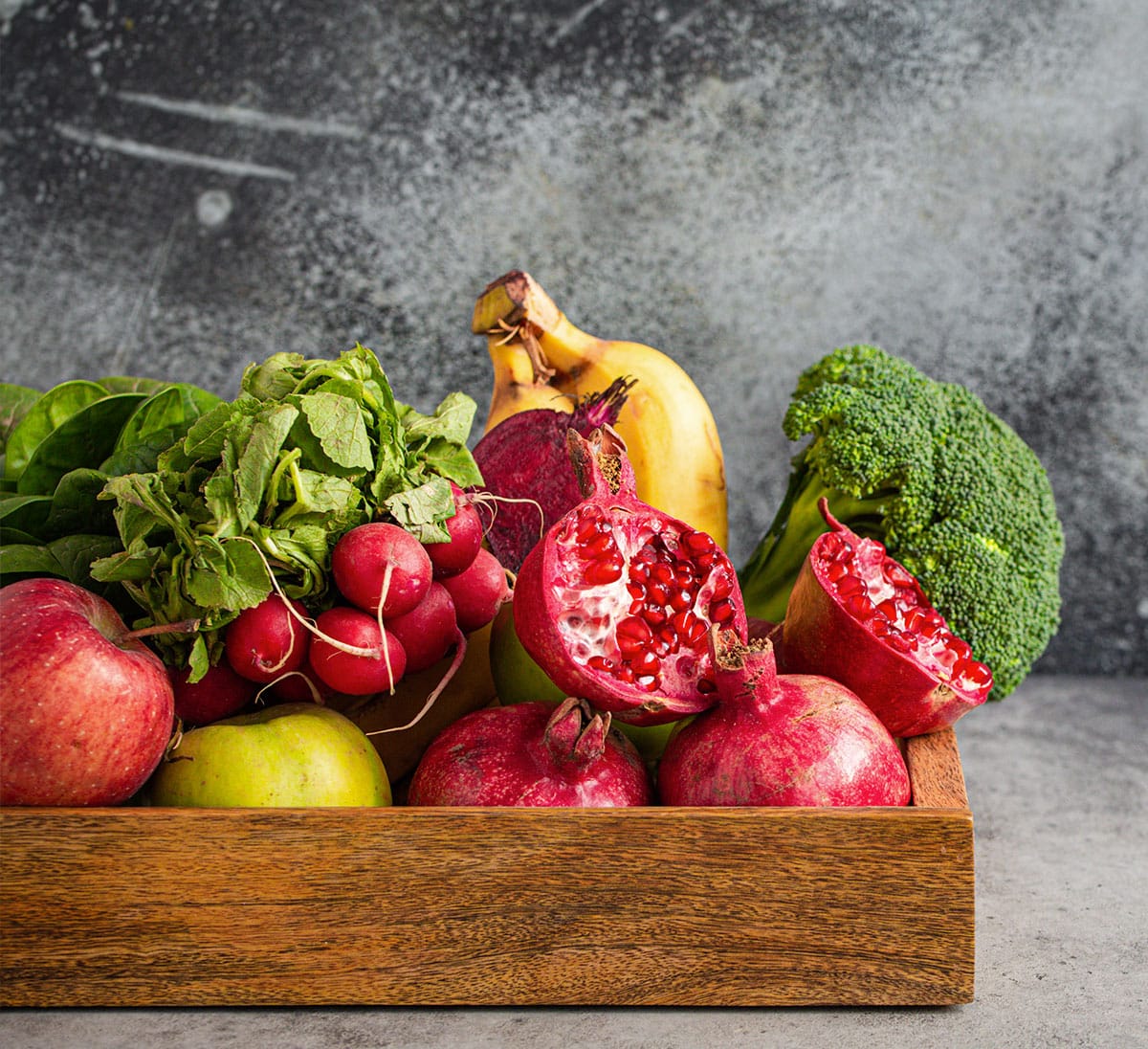











We aim to make it easy for you to undersand what diet is good for you, because healthy eating isn't about strict dietary limitations or depriving oneself of favorite foods. It's more about feeling great, having more energy, improving health, and stabilizing mood. A person doesn't need to be perfect, neither do they have to completely eliminate foods they enjoy. Rather it's all about balance.
A balanced diet includes a variety of foods from all food groups: whole grains such as brown rice instead of white rice; lean meats; low-fat dairy products over full-fat versions; and an abundance of fruit and vegetables. The occasional indulgence in sugary drinks or fast foods won't derail their efforts towards good health as long as these remain exceptions rather than the rule.
One can start by making small changes in their eating habits like reducing portion sizes, swapping white bread for whole-grain options, substituting sugary drinks with water or freshly squeezed fruit juice. These steps may seem insignificant but they can make a huge difference when adopted consistently.
Regular physical activity complements a healthy diet helping to maintain a healthy weight and reduce risk factors associated with chronic diseases such as high blood pressure and heart disease. So it's worth incorporating some form of exercise into daily routines.
When planning meals ahead or writing up a shopping list for the grocery store, here are some key points to consider:
Opt for whole grains over refined ones whenever possible.
Include lean meats such as chicken breast and oily fish rich in fatty acids.
Incorporate leafy greens and other vegetables for essential vitamins including vitamin D.
Choose healthier fats like those found in olive oil over unhealthy options.
Limit intake of junk food which usually contains high amounts of sugar leading to weight gain.
Remember that small amounts still count when it comes to maintaining an overall healthy eating pattern despite occasional indulgences in favorite treats.
Finally, don't forget that every family member has different dietary needs depending on their age, gender, and physical activity level. Be sure to adjust portion sizes accordingly during family meals.
Sticking to these dietary guidelines won't only lead to a healthier lifestyle but also make them feel more confident about managing personal health information sensitively.
So, the next time they're in the grocery store with a shopping list in hand or deciding what to have for breakfast, they'll hopefully make choices that favor heart health over immediate gratification. After all, it's not just about adding years to life but also life to those years!
